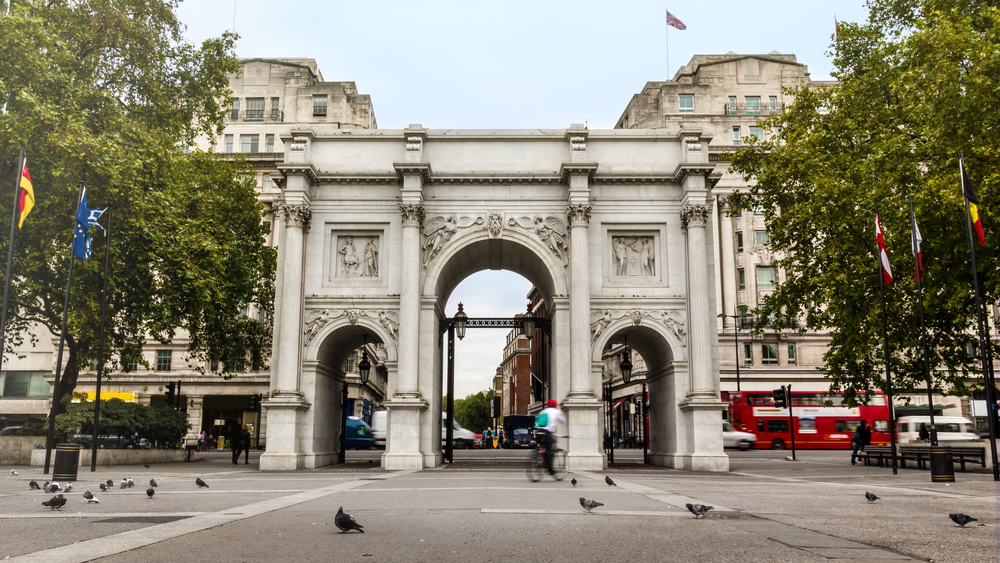-
LONDON’S MARBLE ARCH IS NOW JUST A FIGMENT OF ITS FORMER ROYAL GLORY
- Posted onVine Vera London
- in Travel
- onMarch 7, 2016
- No Comments.

When you think of the marble arch in London, you will also think of the Arch of Constantine in Rome or even the Arce de Triomphe in Paris. Get to see the marble arch and you fill a rush of disappointment because it is not as tall, big, and majestic as the others. However, what you should appreciate is that the arch was not build to be as such but rather as the Queen’s front gate.
The arch’s current location was commission by the Queen after she had her kids and thought of having a fourth wing added to the Buckingham Palace. 170 years ago, the Palace only had three wings that surrounded a courtyard and the Marble Arch as the ceremonial gateway into the courtyard. The addition of the fourth wing thus brought in new changes that saw the Arch relocated brick by brick to is current location, the corner of Hyde Park.
The Marble Arch, once a part of Royal Architecture, is today a figment of its former glory. It has been relegated to be the chill spot for pigeons that once flocked the Trafalgar Square until they were chased away by the Mayor London. Now, they hog some of the benches covering them with their droppings. The other seats are filled with Oxford Street’s office workers and other people who are there for a quick break before continue with their day jobs. Homeless people are also a common sight at the Marble Arch.
While all that may shadow the royalty of the arch, the structure is still a beauty to behold irrespective of its size. If you picture and appreciate its history, then you will see its beauty. For instance, you would get arrested for treason if you walked through the central section, but that is not the case today. The arch is just that, an arch sitting on a square decorated with dustbins surrounded by parked-up council vans and flag poles flying damp flags.
If you do visit the arch, try finding the two little plaques buried on the nearby road. One marks the Tyburn tree and the other the final resting place of Oliver Cromwell. The Tyburn tree is a euphemism used in reference to a set of wooden gallows in which thousands of scum and hundreds of innocents meet their death. On the other hand, Oliver Cromwell is said to have killed Charles II’s father.
Anyway, away from the history, finding the plaques is not easy. Many have tried and none has succeeded. Most come up empty-handed and doubt if the plaques even exist. Well, you might give it a try and see if you will be the one who finally unearths these two entities of history.
If you enjoyed this article please consider sharing it!




